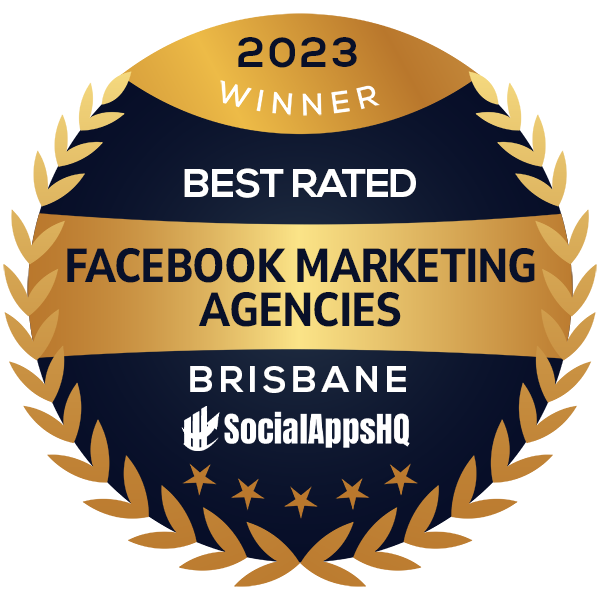In today’s digital landscape, having a website is essential for any business. However, not all websites are created equal. The difference between an average website and a high-converting business website can significantly impact your bottom line. High-converting business websites are designed to turn visitors into customers, and understanding what sets them apart is crucial for your business success. According to Wikipedia, conversion rate optimisation is a systematic approach to improving the performance of your website. So, what makes one website perform better than another?
Understanding User Experience
User experience (UX) is a critical factor in determining whether your website will convert visitors into customers. A high-converting business website prioritises UX by ensuring that visitors can easily navigate the site and find the information they need. This involves intuitive design, fast loading times, and mobile responsiveness. If your website is difficult to navigate or slow to load, potential customers may leave before they even see what you have to offer.
Practical Tips for Enhancing UX
- Simplify Navigation: Use clear, concise menu labels and a logical structure.
- Optimise Loading Speed: Compress images and leverage browser caching.
- Ensure Mobile Responsiveness: Test your website on various devices to ensure it looks great everywhere.
Crafting Compelling Content
Content is king when it comes to high-converting business websites. Your content should not only inform but also engage and persuade your audience. High-quality content that addresses your customers’ pain points and offers solutions can significantly boost your conversion rates. It’s essential to use a tone that resonates with your audience and encourages them to take action.
Content Strategies for Conversion
- Use Clear Calls-to-Action (CTAs): Guide your visitors towards desired actions with compelling CTAs.
- Incorporate Customer Testimonials: Build trust by showcasing positive feedback from satisfied clients.
- Leverage Visuals: Use images and videos to break up text and illustrate key points.
Building Trust and Credibility
Trust is a cornerstone of any successful business relationship. High-converting business websites establish trust by displaying security badges, providing clear contact information, and offering transparent policies. When visitors feel secure and confident in your business, they are more likely to convert.
Ways to Build Trust Online
- Display Security Certifications: Show SSL certificates and other security badges prominently.
- Offer Transparent Policies: Clearly state your privacy policy and terms of service.
- Provide Easy Contact Options: Ensure visitors can easily reach you via phone, email, or chat.
Leveraging Data and Analytics
Data-driven decisions are key to optimising your website for conversions. By analyzing visitor behavior, you can identify areas for improvement and test different strategies to see what works best. Tools like Google Analytics provide valuable insights into how users interact with your site, allowing you to make informed changes.
Using Analytics for Improvement
- Track User Behavior: Monitor how visitors navigate your site and where they drop off.
- A/B Testing: Experiment with different layouts, CTAs, and content to see what converts best.
- Set Conversion Goals: Define specific actions you want visitors to take and measure success.
Conclusion
Creating a high-converting business website involves more than just aesthetics. It’s about delivering an exceptional user experience, crafting compelling content, building trust, and leveraging data to make informed decisions. By focusing on these elements, you can transform your website into a powerful tool for business growth. If you’re ready to take your website to the next level, Done Digital is here to help you create a site that not only looks great but also drives results.

 Done Digital
Done Digital

